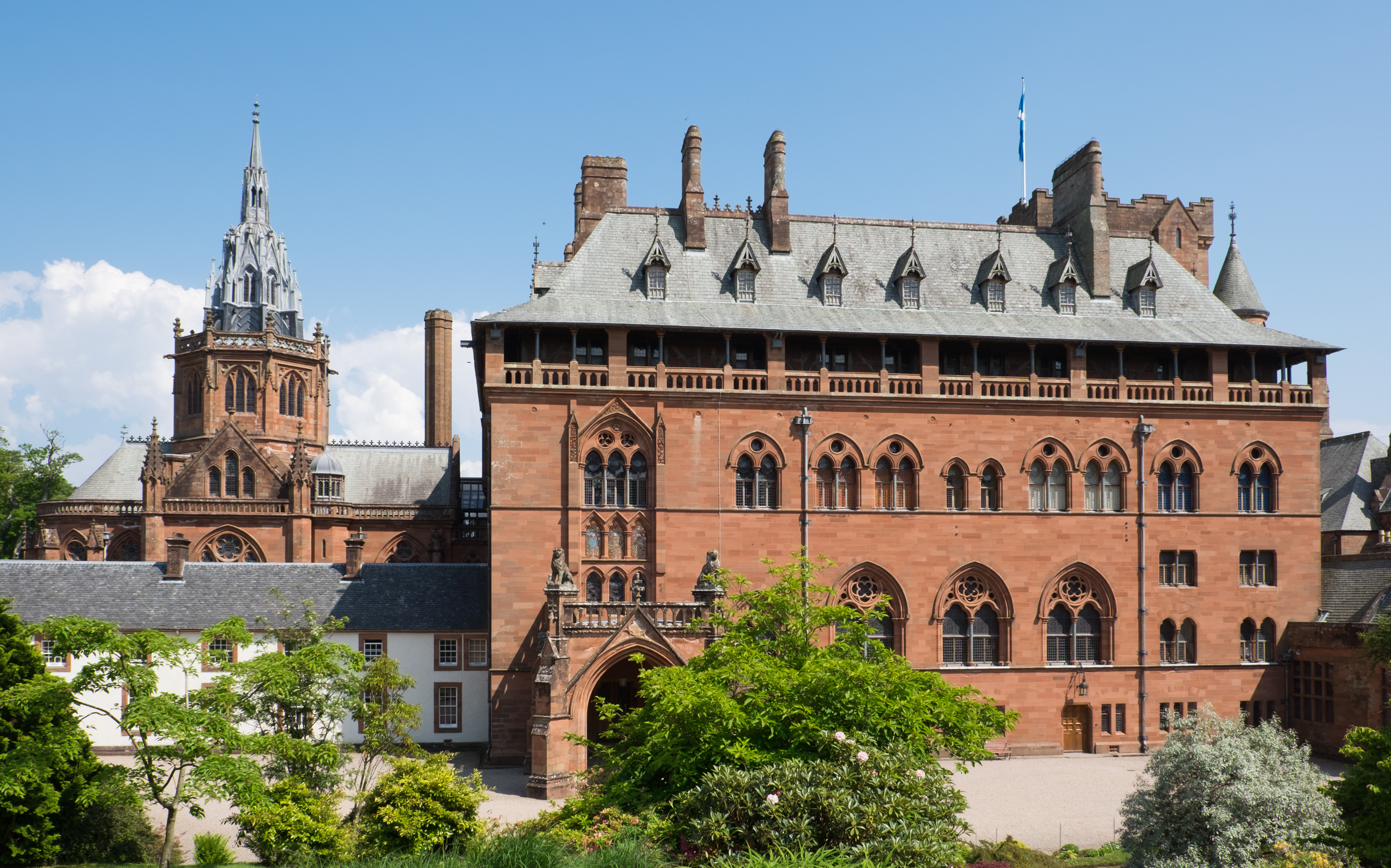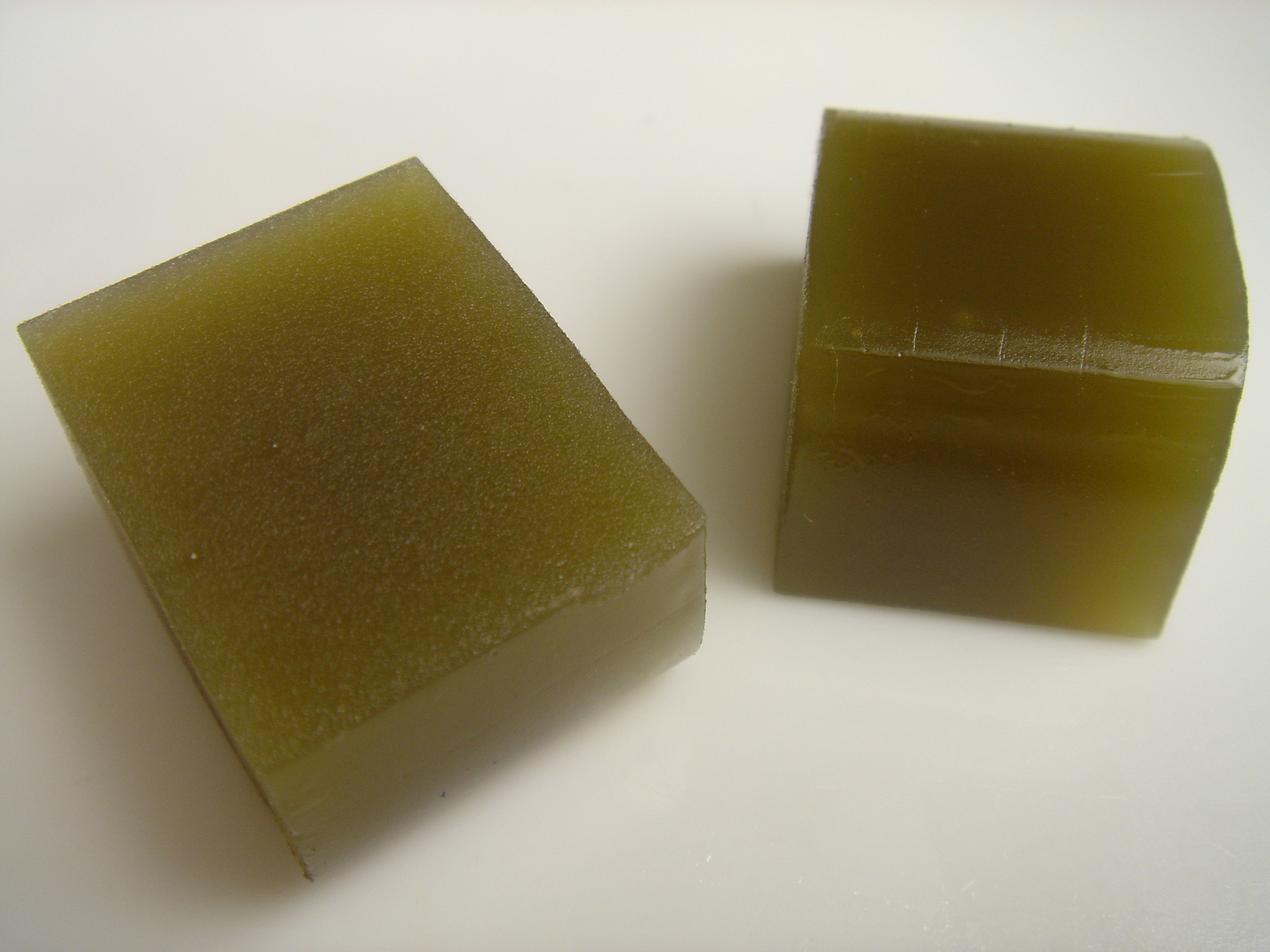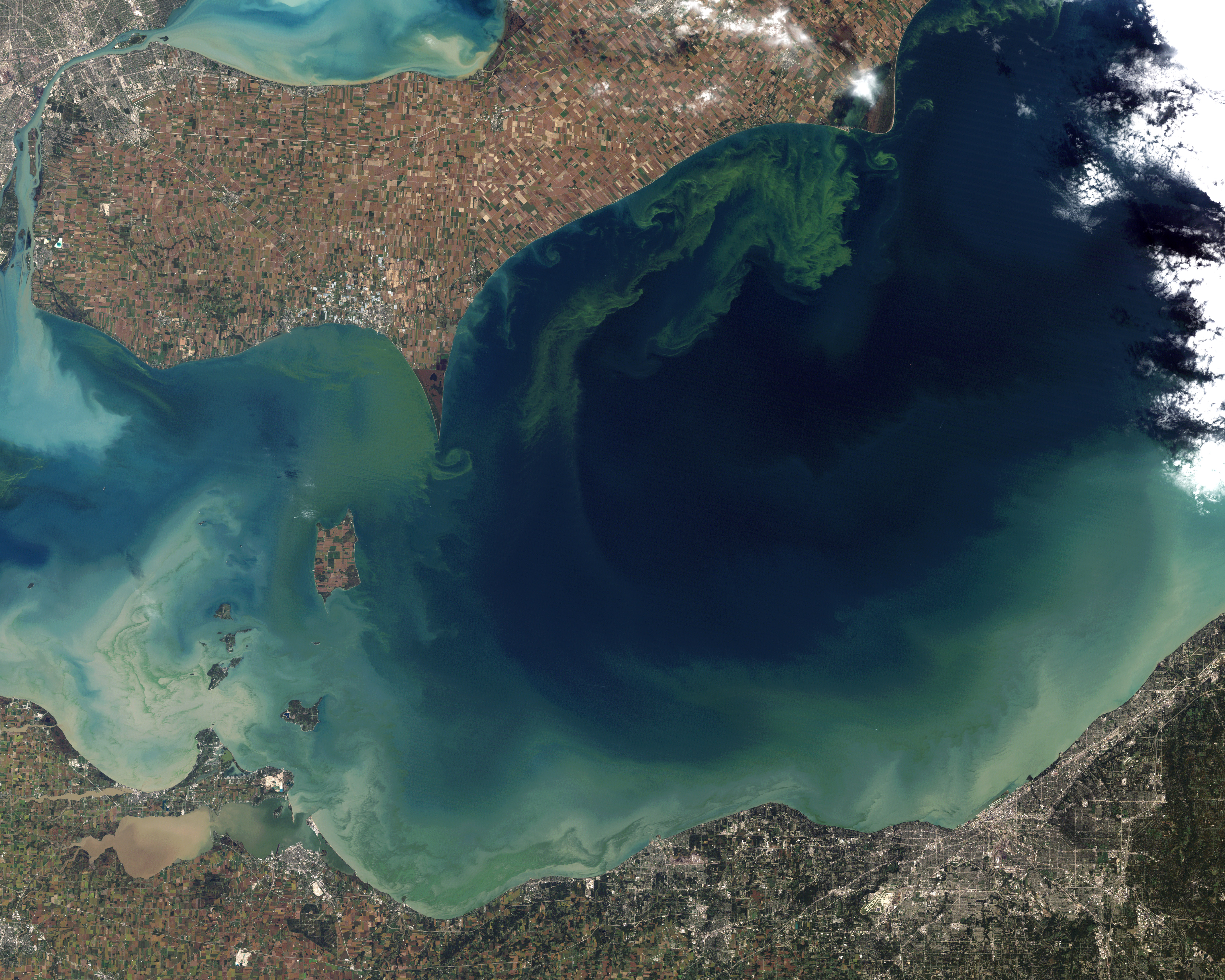|
Sheina Marshall
Sheina Macalister Marshall (20 April 1896 – 7 April 1977) was a Scottish marine biologist who dedicated her life to the study of plant and animal plankton. She was an authority on the copepod Calanus. She worked at the Marine Biological Station at Millport, Cumbrae in Scotland from 1922-1964. Career In 1922, she took a job at the Marine Biological Station in Millport on the Isle of Cumbrae where she worked for the rest of her life. From 1928 to 1929 Marshall travelled with Frederick Stratten Russell and J. S. Colman on the Great Barrier Reef Expedition led by Maurice Yonge. Marshall studied the marine food chain, in particular copepods. This became her life's work. She collaborated for almost 40 years with the chemist, Andrew Picken Orr. Together they studied the plankton and phytoplankton in and around the river Clyde and Loch Striven. They authored several books and many papers together. In 1934 Marshall received a DSc from the University of Glasgow. In the 1940s ... [...More Info...] [...Related Items...] OR: [Wikipedia] [Google] [Baidu] |
FRSE
Fellowship of the Royal Society of Edinburgh (FRSE) is an award granted to individuals that the Royal Society of Edinburgh, Scotland's national academy of science and letters, judged to be "eminently distinguished in their subject". This society received a royal charter in 1783, allowing for its expansion. Elections Around 50 new fellows are elected each year in March. there are around 1,650 Fellows, including 71 Honorary Fellows and 76 Corresponding Fellows. Fellows are entitled to use the post-nominal letters FRSE, Honorary Fellows HonFRSE, and Corresponding Fellows CorrFRSE. Disciplines The Fellowship is split into four broad sectors, covering the full range of physical and life sciences, arts, humanities, social sciences, education, professions, industry, business and public life. A: Life Sciences * A1: Biomedical and Cognitive Sciences * A2: Clinical Sciences * A3: Organismal and Environmental Biology * A4: Cell and Molecular Biology B: Physical, Engineering an ... [...More Info...] [...Related Items...] OR: [Wikipedia] [Google] [Baidu] |
Frederick Stratten Russell
Sir Frederick Stratten Russell (3 November 1897 – 5 June 1984) was an English marine biologist. Russell was born in Bridport, Dorset, and studied at Gonville and Caius College, Cambridge. From 1924 he worked for the Marine Biological Association in Plymouth, becoming its director in 1945. He was elected to the Royal Society in 1938, was awarded the Linnean Medal in 1961, and knighted in 1965. The National Marine Biological Library at the Marine Biological Association retains much of Russell's scientific and personal papers for the period 1921-1984. MBA Archive Collection Russell studied the life histories and distribution of . He also discover ... [...More Info...] [...Related Items...] OR: [Wikipedia] [Google] [Baidu] |
Fertilizer
A fertilizer (American English) or fertiliser (British English; see spelling differences) is any material of natural or synthetic origin that is applied to soil or to plant tissues to supply plant nutrients. Fertilizers may be distinct from liming materials or other non-nutrient soil amendments. Many sources of fertilizer exist, both natural and industrially produced. For most modern agricultural practices, fertilization focuses on three main macro nutrients: nitrogen (N), phosphorus (P), and potassium (K) with occasional addition of supplements like rock flour for micronutrients. Farmers apply these fertilizers in a variety of ways: through dry or pelletized or liquid application processes, using large agricultural equipment or hand-tool methods. Historically fertilization came from natural or organic sources: compost, animal manure, human manure, harvested minerals, crop rotations and byproducts of human-nature industries (i.e. fish processing waste, or bloodmeal ... [...More Info...] [...Related Items...] OR: [Wikipedia] [Google] [Baidu] |
Second World War
World War II or the Second World War, often abbreviated as WWII or WW2, was a world war that lasted from 1939 to 1945. It involved the World War II by country, vast majority of the world's countries—including all of the great powers—forming two opposing military alliances: the Allies of World War II, Allies and the Axis powers. World War II was a total war that directly involved more than 100 million Military personnel, personnel from more than 30 countries. The major participants in the war threw their entire economic, industrial, and scientific capabilities behind the war effort, blurring the distinction between civilian and military resources. Air warfare of World War II, Aircraft played a major role in the conflict, enabling the strategic bombing of population centres and deploying the Atomic bombings of Hiroshima and Nagasaki, only two nuclear weapons ever used in war. World War II was by far the List of wars by death toll, deadliest conflict in hu ... [...More Info...] [...Related Items...] OR: [Wikipedia] [Google] [Baidu] |
Agar
Agar ( or ), or agar-agar, is a jelly-like substance consisting of polysaccharides obtained from the cell walls of some species of red algae, primarily from ogonori ('' Gracilaria'') and "tengusa" ('' Gelidiaceae''). As found in nature, agar is a mixture of two components, the linear polysaccharide agarose and a heterogeneous mixture of smaller molecules called agaropectin. It forms the supporting structure in the cell walls of certain species of algae and is released on boiling. These algae are known as agarophytes, belonging to the Rhodophyta (red algae) phylum. The processing of food-grade agar removes the agaropectin, and the commercial product is essentially pure agarose. Agar has been used as an ingredient in desserts throughout Asia and also as a solid substrate to contain culture media for microbiological work. Agar can be used as a laxative; an appetite suppressant; a vegan substitute for gelatin; a thickener for soups; in fruit preserves, ice cream, and ot ... [...More Info...] [...Related Items...] OR: [Wikipedia] [Google] [Baidu] |
United Kingdom
The United Kingdom of Great Britain and Northern Ireland, commonly known as the United Kingdom (UK) or Britain, is a country in Europe, off the north-western coast of the European mainland, continental mainland. It comprises England, Scotland, Wales and Northern Ireland. The United Kingdom includes the island of Great Britain, the north-eastern part of the island of Ireland, and many List of islands of the United Kingdom, smaller islands within the British Isles. Northern Ireland shares Republic of Ireland–United Kingdom border, a land border with the Republic of Ireland; otherwise, the United Kingdom is surrounded by the Atlantic Ocean, the North Sea, the English Channel, the Celtic Sea and the Irish Sea. The total area of the United Kingdom is , with an estimated 2020 population of more than 67 million people. The United Kingdom has evolved from a series of annexations, unions and separations of constituent countries over several hundred years. The Treaty of Union between ... [...More Info...] [...Related Items...] OR: [Wikipedia] [Google] [Baidu] |
Seaweed
Seaweed, or macroalgae, refers to thousands of species of macroscopic, multicellular, marine algae. The term includes some types of ''Rhodophyta'' (red), ''Phaeophyta'' (brown) and ''Chlorophyta'' (green) macroalgae. Seaweed species such as kelps provide essential nursery habitat for fisheries and other marine species and thus protect food sources; other species, such as planktonic algae, play a vital role in capturing carbon, producing at least 50% of Earth's oxygen. Natural seaweed ecosystems are sometimes under threat from human activity. For example, mechanical dredging of kelp destroys the resource and dependent fisheries. Other forces also threaten some seaweed ecosystems; a wasting disease in predators of purple urchins has led to a urchin population surge which destroyed large kelp forest regions off the coast of California. Humans have a long history of cultivating seaweeds for their uses. In recent years, seaweed farming has become a global agricultural practice, p ... [...More Info...] [...Related Items...] OR: [Wikipedia] [Google] [Baidu] |
Elsie Conway
Elsie Conway (née Phillips, 15 March 1902 – 22 July 1992) was a British phycologist. She served as president of the British Phycological Society from 1965 to 1967, and was one of the earliest women Fellows of the Royal Society of Edinburgh. Early life and education Conway was born Elsie Phillips on 15 March 1902 in Aldford, Cheshire, England, the elder daughter of William and Margaret Phillips. She attended the Queen's School in Chester from 1912 to 1919. She then studied botany at the University of Liverpool, achieving a Bachelor of Science in 1922, Honours in 1923, and PhD in 1925. Contact with Margery Knight started her life-long interest in algae. However, her thesis, supervised by John McLean Thompson, was on floral morphology. Career She was appointed to a lectureship in botany at Durham University in 1925, but, as was then the norm, gave it up when she married in 1928. However, Conway returned to university life in 1938, at the University of Glasgow where she cont ... [...More Info...] [...Related Items...] OR: [Wikipedia] [Google] [Baidu] |
Doctor Of Science
Doctor of Science ( la, links=no, Scientiae Doctor), usually abbreviated Sc.D., D.Sc., S.D., or D.S., is an academic research degree awarded in a number of countries throughout the world. In some countries, "Doctor of Science" is the degree used for the standard doctorate in the sciences; elsewhere the Sc.D. is a " higher doctorate" awarded in recognition of a substantial and sustained contribution to scientific knowledge beyond that required for a Doctor of Philosophy (PhD). Africa Algeria and Morocco In Algeria, Morocco, Libya and Tunisia, all universities accredited by the state award a "Doctorate" in all fields of science and humanities, equivalent to a PhD in the United Kingdom or United States. Some universities in these four Arab countries award a "Doctorate of the State" in some fields of study and science. A "Doctorate of the State" is slightly higher in esteem than a regular doctorate, and is awarded after performing additional in-depth post-doctorate research or ac ... [...More Info...] [...Related Items...] OR: [Wikipedia] [Google] [Baidu] |
Loch Striven
Loch Striven ( gd, Loch Sroigheann) is a sea loch extending off the Firth of Clyde, and forms part of the Cowal peninsula coast, in Argyll and Bute, Scotland. Loch Striven extends off of the Firth of Clyde just north of the Isle of Bute, where it forms a narrow inlet about long extending north into the Cowal Peninsula. Terminating at Ardtaraig the hamlet at the head of the loch, where the B836 road provides access to the area. Hydro-electric generating station A hydro-electric generating station is located at the head of Loch Striven at Ardtaraig, supplied with water through large pipes from water captured at Loch Tarsan, known as the Striven Hydro-Electric Scheme (also known as the Cowal Hydro-Electric Power Scheme). Laid up ships During times of recession in shipping, the sea loch has been used as a sheltered anchorage for laid-up vessels. The (then) newly built LNG carriers MV Gastor and her sister ship MV Nestor were laid up here from delivery from the shipyard Chanti ... [...More Info...] [...Related Items...] OR: [Wikipedia] [Google] [Baidu] |
River Clyde
The River Clyde ( gd, Abhainn Chluaidh, , sco, Clyde Watter, or ) is a river that flows into the Firth of Clyde in Scotland. It is the ninth-longest river in the United Kingdom, and the third-longest in Scotland. It runs through the major city of Glasgow. Historically, it was important to the British Empire because of its role in shipbuilding and trade. To the Romans, it was , and in the early medieval Cumbric language, it was known as or . It was central to the Kingdom of Strathclyde (). Etymology The exact etymology of the river's name is unclear, though it is known that the name is ancient: It was called or by the Britons and by the Romans. It is therefore likely that the name comes from a Celtic language—most likely Old British. But there is more than one old Celtic word that the river's name could plausibly derive from. One possible root is the Common Brittonic , meaning 'loud' or 'loudly'. More likely, the river was named after a local Celtic goddess, '' Clōta ... [...More Info...] [...Related Items...] OR: [Wikipedia] [Google] [Baidu] |
Algal Bloom
An algal bloom or algae bloom is a rapid increase or accumulation in the population of algae in freshwater or marine water systems. It is often recognized by the discoloration in the water from the algae's pigments. The term ''algae'' encompasses many types of aquatic photosynthetic organisms, both macroscopic multicellular organisms like seaweed and microscopic unicellular organisms like cyanobacteria. ''Algal bloom'' commonly refers to the rapid growth of microscopic unicellular algae, not macroscopic algae. An example of a macroscopic algal bloom is a kelp forest. Algal blooms are the result of a nutrient, like nitrogen or phosphorus from various sources (for example fertilizer runoff or other forms of nutrient pollution), entering the aquatic system and causing excessive growth of algae. An algal bloom affects the whole ecosystem. Consequences range from the benign feeding of higher trophic levels to more harmful effects like blocking sunlight from reaching other ... [...More Info...] [...Related Items...] OR: [Wikipedia] [Google] [Baidu] |






.jpg)
